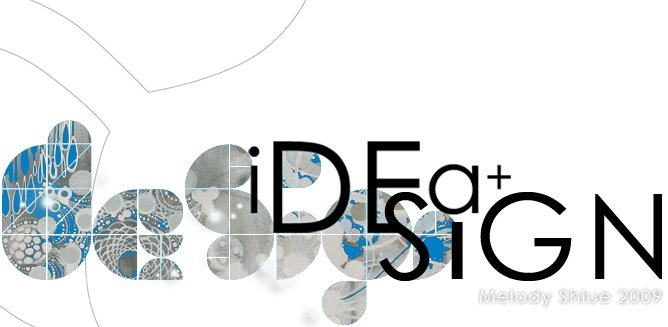I wanna recommend everyone this website I came across http://www.manufacturelink.com.au/.
It's a special service that provides expert advice in manufacturing technologies to ANYONE - yes anyone! So they are happy to talk to students as well as clients / designers who have questions they need professional critiques on. This saves trouble of calling up actual factory managers who might be busy or absent to really give you comprehensive advice.
So I called up the number (in QLD) and a guy named George Pofandt picked up. I actually called them twice because I struggled looking for suitable processes to manufacture my design. Anyway, so George helped me to resolve the following issues:
1) Thickness can hold a person's weight? I told George I am intending to use 3-5mm Mg sheets produced by the Twin-Roll Casting technology patented by the CSIRO and he said it should be strong enough even with cut out tessellation! Yay!
1) How to make the bottom bowl out of Mg sheet? After explaining the bowl structure to George and stating the manufacturing difficulties that it could occur, we came down to a solution of Flow-forming.
It's a process similar to metal spinning but of metal sheets; and because my bowl curves around the end I would need to firstly cut the sheet at a calculated size and shape and then CNC-spun around a mandrel to produce a ‘bowl’ of 1/3 of a revolution. During flow forming, the sheet metal is cold worked, changing its mechanical properties i.e. its strength becomes similar to that of forged metal. This step is repeated to produce a series of thirds and then paired up to be welded at the seams to complete the bowl component.
2) Laser cutting of Mg? George actually told me that water-jet cutting is more suitable because laser cutting is what could ignite the magnesium during the process (and you'd think Mg would react to water! But apparently not water-jet cutting.); WJC also makes finer edge finishes so no extra sanding is required! So this would be how my pattern (modelled in CAD to be read by the machine) will be cut around the sheet bowl with the multi-axial cutter to produce a metal lace structure.
3) Assembly of seat + bowl components?
Because the seat is also 3mm which sits on top of the end curve of the bowl structure, George suggested me captive nuts & screws which could be snapped on quite easily and can be done manually to reduce unecessary machine costs.
I also asked if aluminium screws are ok for contact with Mg - and he said it should be ok if the Mg was pre-protected with de-corrosion bathes.
So thanks to ManufactureLink.com I got to understand more about the various processes available in the industry now in Australia!
Thursday, October 23, 2008
ManufactureLink.Com
Subscribe to:
Post Comments (Atom)








No comments:
Post a Comment